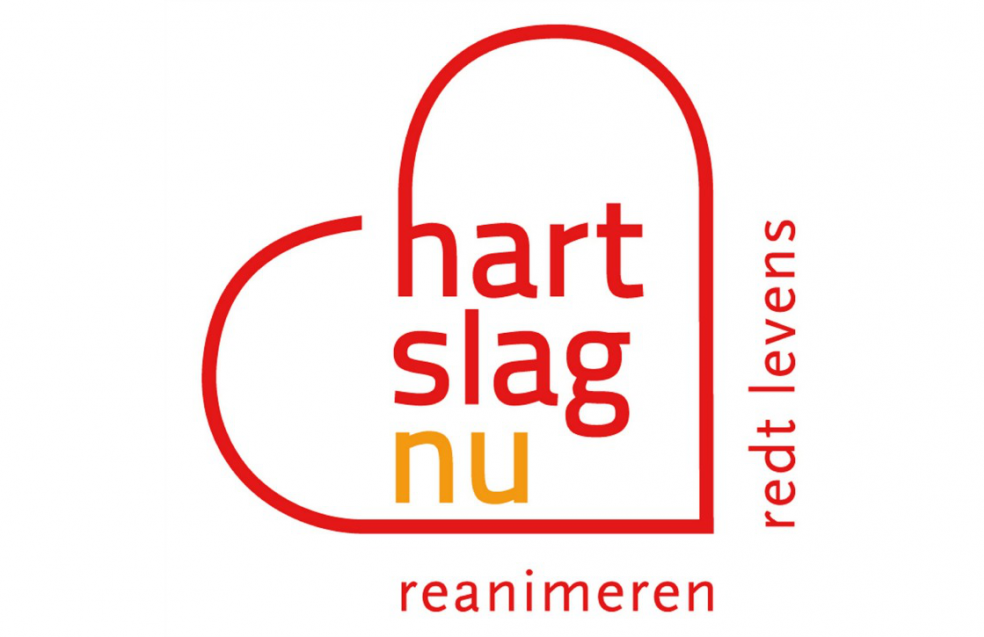KAL-didactics in practise, student Rick Clephas is looking for the challenge in healthcare.

"I went to Stichting Hartslag voor Nederland. This is foundation that was established by ambulance professionals", says Rick. As we are speaking, 17 of the 25 ambulance regions are connected to this system. The foundation uses the alarm system HartslagNu, which is used to call up registered civilian first-aid workers to prepare a reanimation before the professional help arrives at the site. "The civilian first-aid workers are being directed to a victim straight away or through a registered AED (Automatic External Defibrillator)". The alarm is sent through SMS or through a push message (via app).
The purpose of the system is to increase chances of survival in case of a cardiac arrest, so that we can lower the number of people who die as a consequence of cardiac arrest. "I am going to make a program for 'Burger Hulpverlening Limburg' (BHL) that will generate statistical images of M.I. data from the system of HartslagNu. At this moment these images, used for making the data interpretable, are prepared manually. I limit my program to data from Limburg only. The ultimate purpose of this program is to facilitate quicker generation of M.I. data".
Teacher Marcel Veldhuijzen is very enthusiastic. "Back in the day this student would have had to make assignments that are extremely boring (no challenge) for him". A good example of KAL (Knowledge Activated Learning) in practice. According to Eric Slaats, KAL stands for serving the learning pace and learning style of a student. And of course the possibility to excel. "Learning often takes place in a class room setting, which has to change. We want students to apply their knowledge actively in reality. Knowledge is out there on the streets, you just have to find it", says Eric Slaats. Student Rick Clephas certainly is a good example of this. Great!